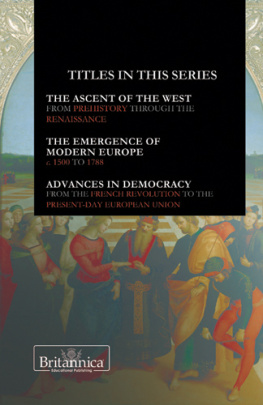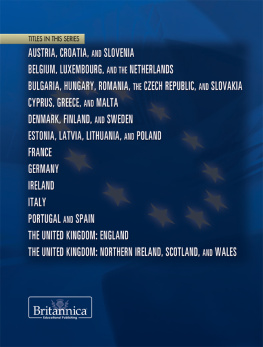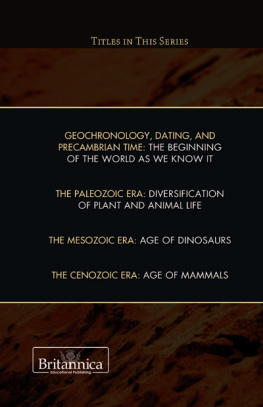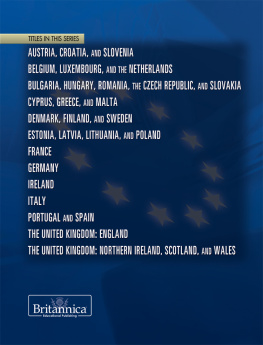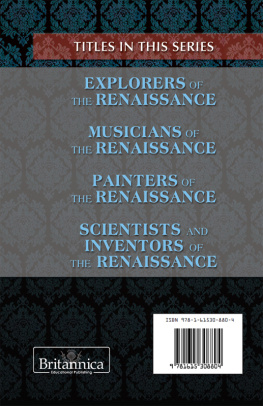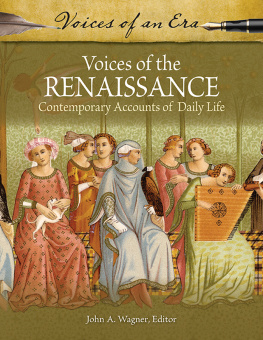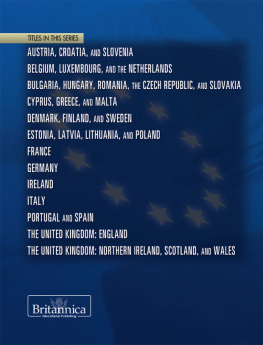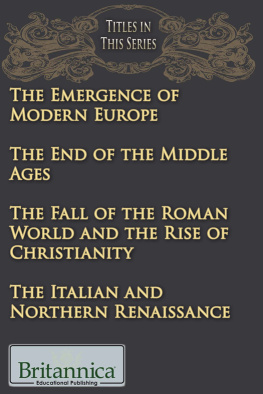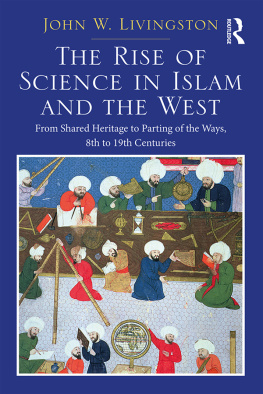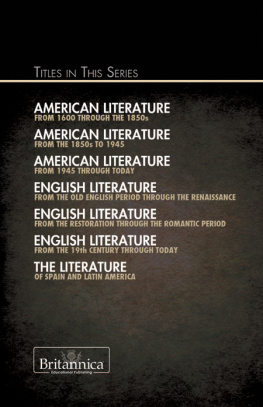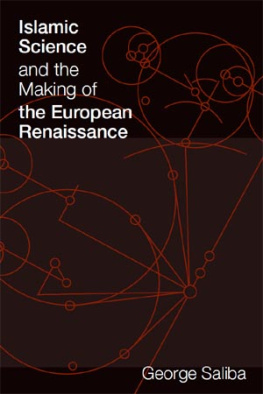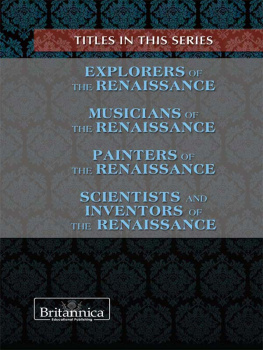THE ASCENT OF THE WEST
FROM PREHISTORY THROUGH THE RENAISSANCE
A History of Western Civilization
THE ASCENT OF THE WEST
FROM PREHISTORY THROUGH THE RENAISSANCE
EDITED BY HEATHER M. CAMPBELL, SENIOR EDITOR, GEOGRAPHY AND HISTORY

Published in 2011 by Britannica Educational Publishing
(a trademark of Encyclopdia Britannica, Inc.)
in association with Rosen Educational Services, LLC
29 East 21st Street, New York, NY 10010.
Copyright 2011 Encyclopdia Britannica, Inc. Britannica, Encyclopdia Britannica,
and the Thistle logo are registered trademarks of Encyclopdia Britannica, Inc. All
rights reserved.
Rosen Educational Services materials copyright 2011 Rosen Educational Services, LLC.
All rights reserved.
Distributed exclusively by Rosen Educational Services.
For a listing of additional Britannica Educational Publishing titles, call toll free (800) 237-9932.
First Edition
Britannica Educational Publishing
Michael I. Levy: Executive Editor
J.E. Luebering: Senior Manager
Marilyn L. Barton: Senior Coordinator, Production Control
Steven Bosco: Director, Editorial Technologies
Lisa S. Braucher: Senior Producer and Data Editor
Yvette Charboneau: Senior Copy Editor
Kathy Nakamura: Manager, Media Acquisition
Heather M. Campbell: Senior Editor, Geography and History
Rosen Educational Services
Jeanne Nagle: Senior Editor
Shalini Saxena: Editor
Nelson S: Art Director
Cindy Reiman: Photography Manager
Matthew Cauli: Designer, Cover Design
Introduction by Laura Loria
Library of Congress Cataloging-in-Publication Data
The ascent of the West : from prehistory through the Renaissance / edited by Heather M.
Campbell.1st ed.
p. cm.(A history of Western civilization)
In association with Britannica Educational Publishing, Rosen Educational Services.
Includes bibliographical references and index.
ISBN 978-1-61530-373-1 (eBook)
1. Civilization, WesternHistory. I. Campbell, Heather M.
CBS245.A77 2011
909.09821dc22
2010014142
On the cover:The Marriage of the Virgin by High Renaissance artist Raffaello Sanzio, known
simply as Raphael. The Bridgeman Art Library/Getty Images
On : Ruins at the Minoan city-state at Knossos, on the island of Crete. The Minoans
heavily influenced the Mycenaean civilization, which was one of the earliest Indo-European
cultures to inhabit Greece. Travel Ink/Gallo Images/Getty Images
On pages : Prehistoric image of a horse decorating a cave in
Lascaux, France. Hulton Archive/Getty Images
CONTENTS
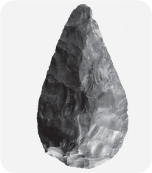
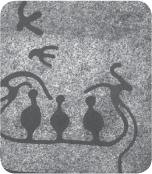
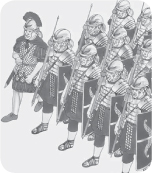
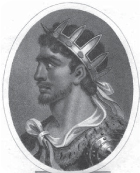
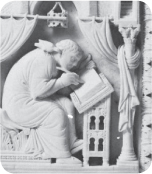
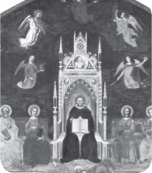
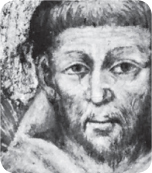
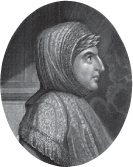
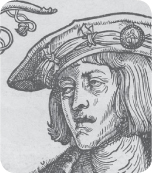
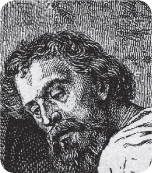
INTRODUCTION
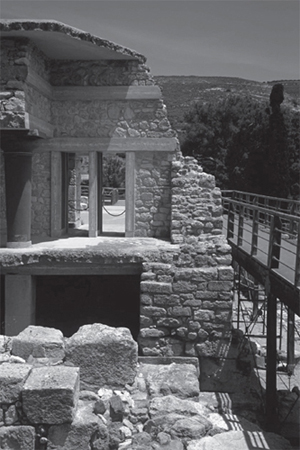
T he topic of European history often focuses on the great kingdoms and republics of modern Europe, along with the wars that consumed them. While those themes are important, they are most prominent only during the last 500 years. There also is a long period of prehistoric, ancient, and medieval development during which Europe was not neatly divided into countries and their individual cultures. In fact, the relative cultural homogeneity of prehistoric times evolved into greater diversity over thousands of years. This book examines the early history of Europe, leading up to its emergence as a continent of powerful nation-states that exerted influence around the globe.
Archaeological evidence discovered since the mid-19th century shows the first anatomically modern humans in Europe to have lived during the Paleolithic Period, also called the Old Stone Age (35,0008300 BC). Prior to the appearance of modern humans, archaic humans called Neanderthals, colloquially known as cavemen, roamed the Continent. They survived mainly by hunting, sometimes scavenging meat from dead animals, and they used simple stone tools for chopping and cutting. By contrast, humans of the Old Stone Age made more sophisticated tools not only of stone, notably flint, but also of bone and antler. Migrating south and building more permanent homes, they hunted small game, buried their dead, and produced art in the forms of jewelry and representational figures. Similar art pieces are found throughout Europe, suggesting social grouping and alliances between groups, which undoubtedly aided their survival. People of the Mesolithic Period, which began about 8300 BC, invented trapping tools such as nets and hooks. A warmer climate also allowed humans of this time to benefit from an increase in available plant life for consumption.
During the Neolithic Period that followed, beginning between the 7th and 4th millennia BC, depending on location, humans in Europe adopted agriculture. Those in Greece were the earliest farmers; they cultivated flax, wheat, and barley beginning about 7000 BC, while other European areas did not see the introduction of agriculture for several millennia. From the late 4th millennium BC, agricultural innovations included the keeping of animal herds to provide not only meat but also milk, wool, and labour, as well as the implementation of irrigation systems, as in Spain. Socially, burial evidence indicates a greater prestige accorded to males and those with relative material wealth. The most common languages belonged to the Indo-European language group, which also stretched to Central Asia and India. Possible explanations for these related languages are invasions or migrations from the East.
As the Neolithic Period drew to a close, societies in Europe began producing metals. These developments were independent of similar advances made in the Middle East. The three European Metal Ages (32001 BC)Copper, Bronze, and Ironbrought with them significant social change, according to the physical record of objects left behind. Copper was important as a status symbol: the chief use of copper appears to have been the adornment of the dead, as in the Millaran culture of southeastern Spain. Copper was not useful in tool making, but bronze, an alloy of copper and tin or other metals, was more practical in this regard. Bronze Age (2300700 BC) development was not uniform across Europe, and metal-producing societies were not necessarily more advanced than others. Items made of bronze included daggers and the lur, a hollow musical instrument made with the use of a mold. Swords and armour first appeared during the Bronze Age. Although the importance of war at this time is difficult to determine, an increase in fortified villages, such as Spisk tvrtok, positioned on a trade route in Slovakia, indicate the development of intersocietal aggression and desire for economic control. Iron gradually came into favour over bronze and was preferred over stone and wood not only for tools and weapons but also in agricultural production. As iron production flourished and bronze faded in importance, the Continents centres of wealth and paths of trade shifted.
Next page
